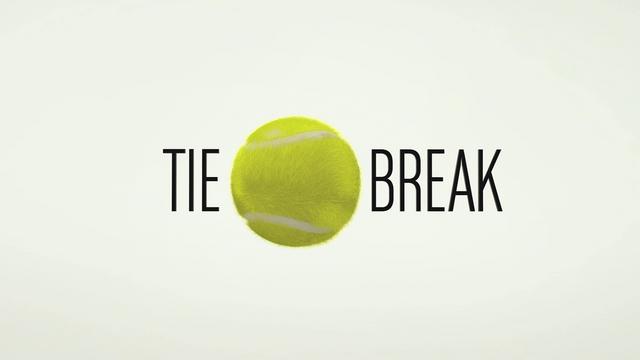Home » Unraveling Tennis Terminology: The Significance of a “Break” in the Game

The realm of tennis is rife with distinctive terms and expressions, and the scoring system itself can appear rather enigmatic. Amidst the fervor of a match’s commentary, one term that resonates with emphasis is “break,” often underscored as a pivotal moment shaping the course of the game. But what exactly does it entail?
Deciphering the Essence of “Break” in Tennis
The literal translation of the term “break” is “rupture.” In the context of tennis, this signifies the instance when a player secures a game while not being the one serving. To amplify the significance of this crucial point, it is commonly referred to as a “break point” or simply a “break.” To illustrate, envision a scenario where Sinner competes against Djokovic, and despite Djokovic being on serve, Sinner ultimately clinches the game – this, in tennis parlance, is a “break.”
Strategic Importance of Winning Games on Opponent’s Serve
Emerging victorious in a game where the opponent serves holds paramount importance in the progression of the set. The server enjoys a substantial advantage, compelling the adversary to respond to a formidable shot executed with precision and strategy. The ability to secure “breaks” becomes integral for steering the match in a favorable direction.
What is a “Tie-Break” and the Significance of a “Mini Break”
In scenarios where neither player manages to achieve a “break” during a set, the game reaches a state of equilibrium known as a “tie-break.” This situation arises when both competitors accumulate six games each, having failed to “steal” the other’s serve. The competition persists until one player attains seven points. Within the dynamics of a tie-break, a crucial event is termed a “mini break.”
Understanding the Dynamics of a “Tie-Break”
A “tie-break” unfolds when the game stands at a deadlock, with both players securing six games. This deadlock materializes after neither has succeeded in disrupting the opponent’s serve. The tension escalates as the match extends to the first player who attains seven points, clinching victory in the tie-break. Each point secured while the opponent serves is identified as a “mini break,” adding an extra layer of intensity to the game.
Conclusion: Decoding Tennis Terminology for Enhanced Appreciation
In the labyrinth of tennis terminology, understanding the nuances of a “break,” the strategic implications it carries, and the dynamics of a “tie-break” with its associated “mini breaks” adds a layer of depth to the appreciation of the game. So, the next time you’re engrossed in a tennis match, the term “break” won’t merely be a linguistic curiosity but a key element shaping the narrative of the game.